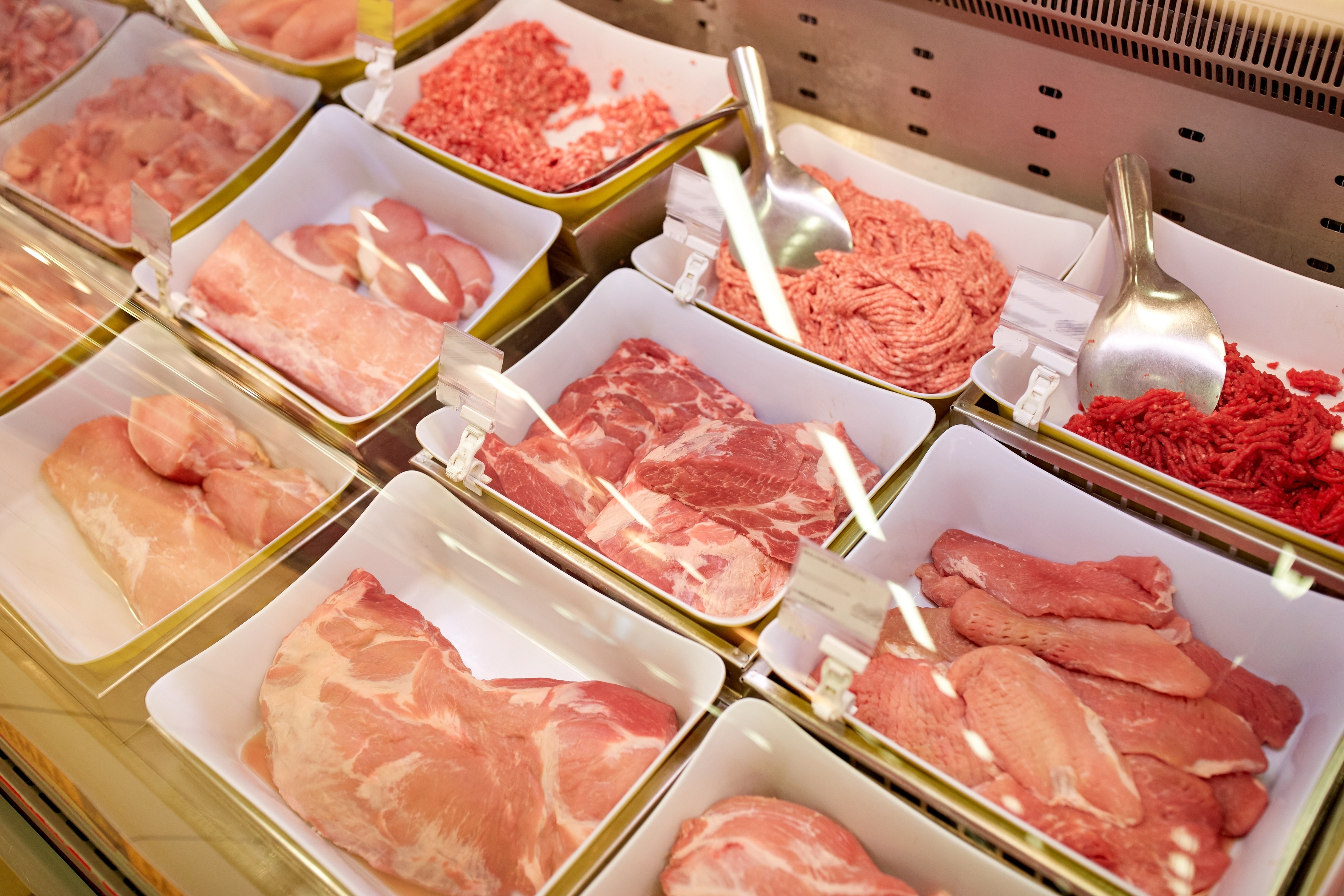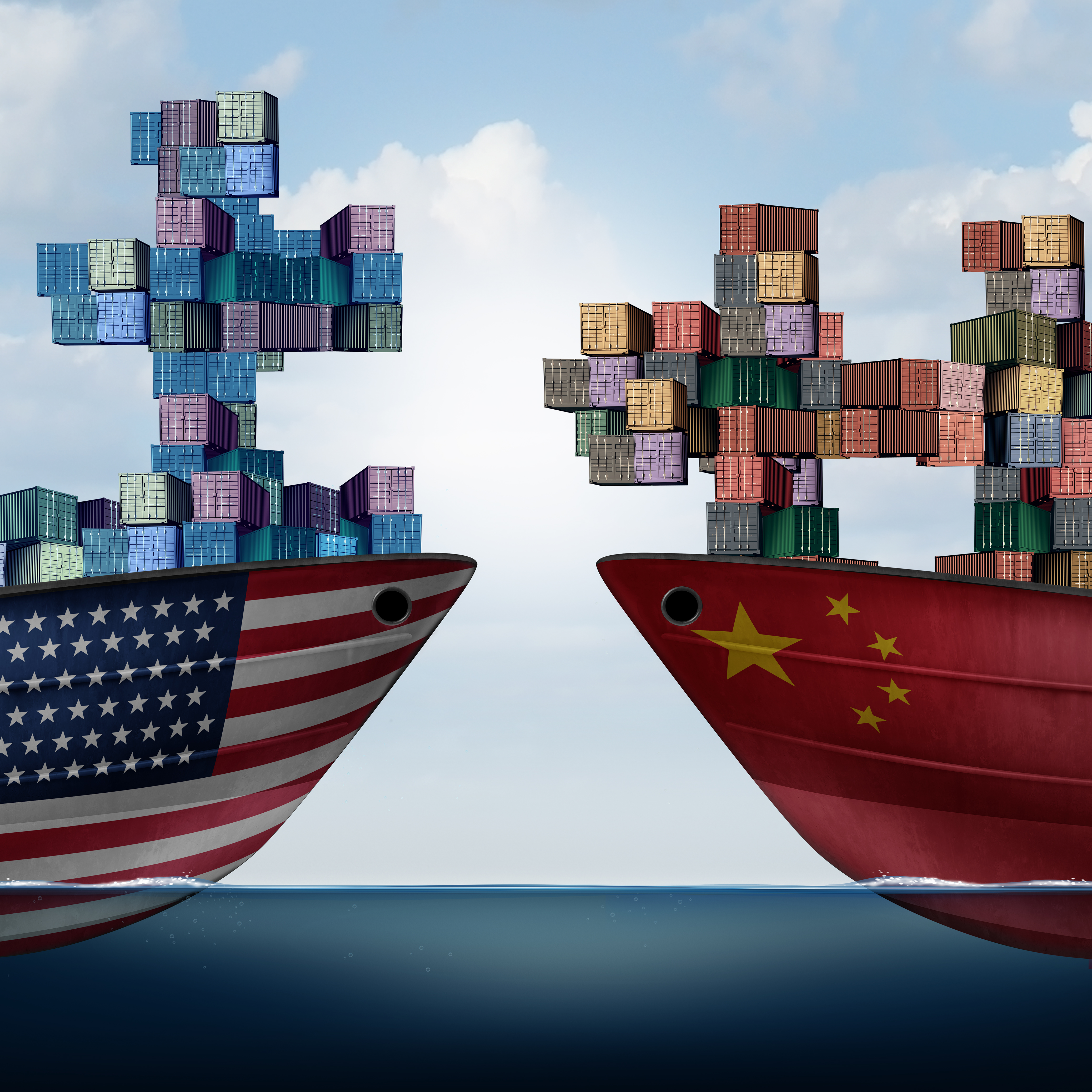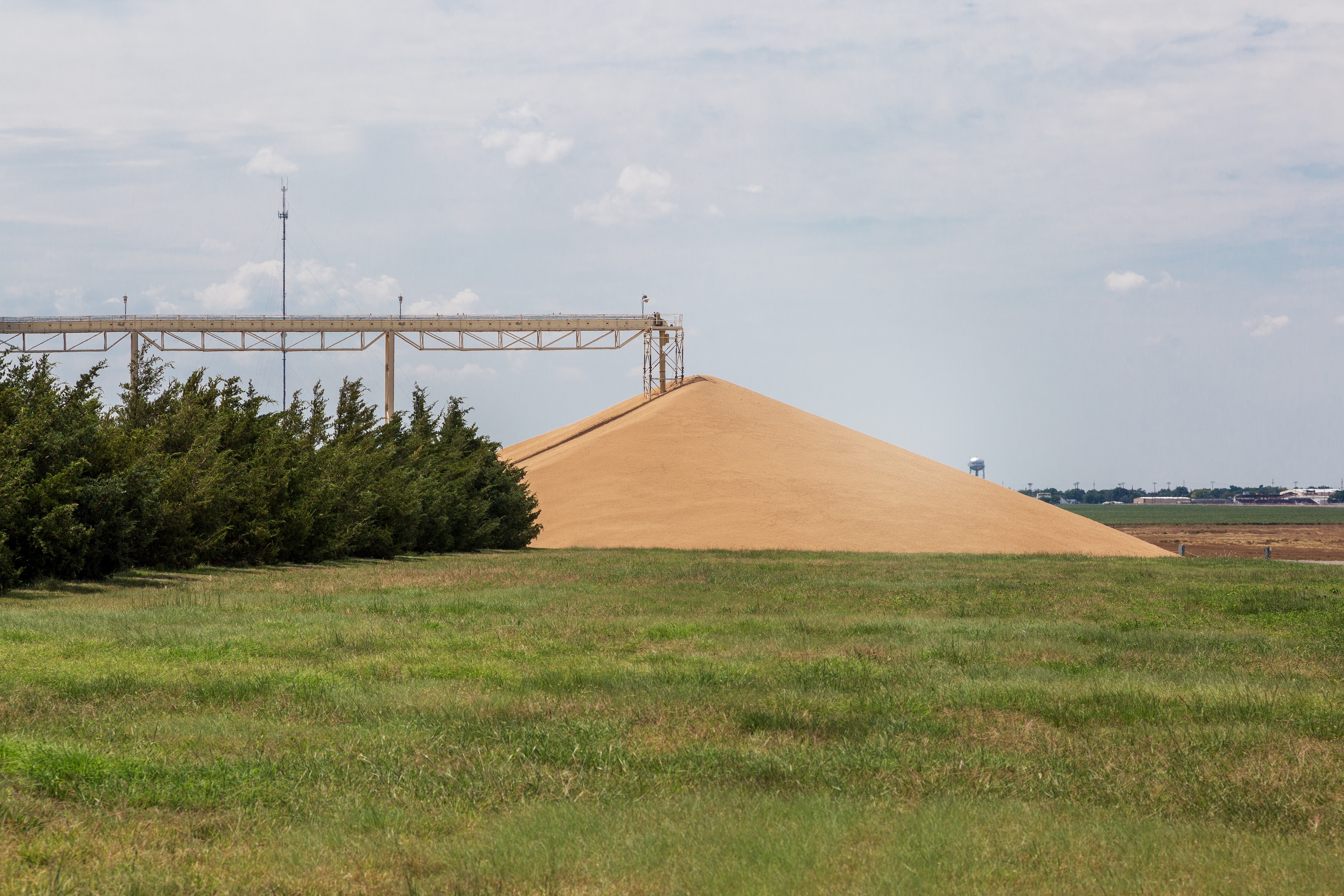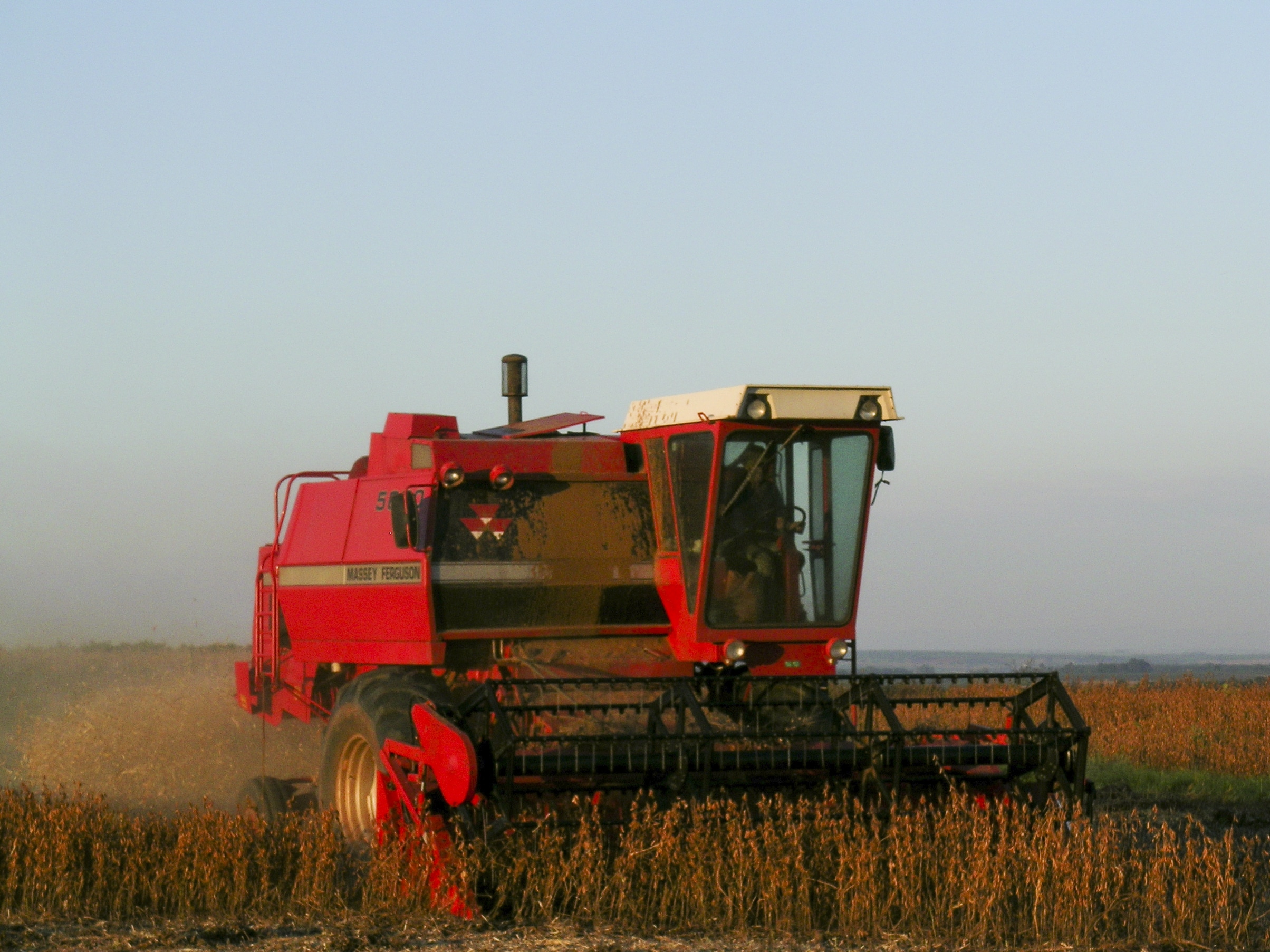U.S. Beef Exports Remain at Record Pace
U.S. Beef Exports Still Red-Hot; Pork Exports Slightly Below Year-Ago Level; Lamb Exports Trend Higher
U.S. beef exports remained on a record-shattering value pace in October, according to data released by USDA and compiled by the U.S. Meat Export Federation (USMEF). October pork exports trended seasonally higher compared to recent months but were still below the results posted in October 2017. Lamb export volume in October more than doubled year-over-year, while value increased nearly 50 percent.
October beef exports totaled 117,838 metric tons (mt), up 6 percent from a year ago, valued at $727.4 million – up 10 percent and the second-highest monthly total on record. For January through October, beef exports totaled 1.13 million mt, up 9 percent year-over-year, while value was up 17 percent to $6.92 billion. For beef muscle cuts only, exports increased 12 percent in volume (867,714 mt) and 19 percent in value ($6.19 billion).
Exports accounted for 13 percent of total beef production in October, which was steady with last year, and 11.6 percent for muscle cuts only (down slightly). For January through October, exports accounted for 13.5 percent of total production and 11.1 percent for muscle cuts – up from 12.8 percent and 10.2 percent, respectively, last year. Beef export value equated to $317.53 per head of fed slaughter in October, up 5 percent from a year ago. For January through October, the per-head average was up 15 percent to $320.50.
“Demand for U.S. beef continues to climb in nearly every region of the world, with annual records already falling in some markets,” said Dan Halstrom, USMEF president and CEO. “Per-head export value will also easily set a new record in 2018, which illustrates the strong returns exports are delivering for cattle producers and for the entire supply chain.”
Halstrom added that upcoming trade negotiations with Japan are critical for the U.S. pork and beef industries, as all major competitors in the Japanese market will soon benefit from significant tariff reductions. USMEF, along with producers, exporters and other industry organizations submitted comments to the Office of the U.S. Trade Representative (USTR) underscoring the importance and urgency of these negotiations and will convey these points again in USTR’s Dec. 10 public hearing.
New value records for U.S. beef in Korea, Taiwan, the Philippines
Beef exports to South Korea, which had already set a new annual value record through September, remained on a torrid pace as October exports reached 20,171 mt (up 17 percent from a year ago) valued at $153.1 million (up 25 percent). January-October exports were up 35 percent in volume (200,666 mt) and 47 percent in value ($1.44 billion). These results included a 21 percent increase in chilled beef exports to 44,440 mt, valued at $431 million (up 31 percent). While Korea’s imports from Australia and New Zealand have also edged higher in 2018, U.S. beef’s market share has increased sharply, jumping from 49 to 53 percent.
October beef exports to leading market Japan were up 12 percent from a year ago in volume (26,954 mt) and 13 percent higher in value ($166.8 million). For January through October, exports to Japan were up 7 percent from a year ago in volume (279,825 mt) while value increased 10 percent to $1.76 billion. Chilled beef exports to Japan were down 1 percent to 123,712 mt, but value increased 8 percent to $990 million.
For January through October, other highlights for U.S. beef exports include:
Beef exports to Taiwan were up 34 percent from a year ago in volume (49,135 mt), while value reached $455.3 million – up 36 percent and already easily surpassing last year’s annual record of $409.7 million. Chilled exports to Taiwan were up 30 percent in volume (19,878 mt) and 35 percent in value ($249 million), as the United States captured more than 75 percent of Taiwan’s chilled beef market – the highest market share of any Asian destination.
Exports to the Philippines soared 29 percent in volume to 14,751 mt and reached $72.4 million in value – up 35 percent and setting a new annual record. Solid growth in Vietnam also helped push beef exports to the ASEAN region 14 percent ahead of last year’s pace in volume (39,719 mt) and 26 percent higher in value ($218.1 million).
Exports to Mexico were up 1 percent from a year ago in volume (199,003 mt) and 8 percent higher in value ($879.2 million). Beef muscle cut exports to Mexico have shown particularly strong momentum in 2018, increasing 8 percent in volume (118,177 mt) and 11 percent in value ($691.6 million).
Although October volume trended lower, January-October exports to China/Hong Kong were still 4 percent ahead of last year’s pace in volume (102,545 mt) and 24 percent higher in value ($823.5 million). This included exports to China of 5,677 mt valued at $48.6 million.
Growth in the Dominican Republic, Jamaica and the Bahamas contributed to a 9 percent increase in the Caribbean region as exports reached 21,455 mt. Value was up 4 percent to $135.4 million.
Led by strong growth in Costa Rica, Guatemala, Panama, El Salvador and Nicaragua, beef exports to Central America increased 18 percent year-over-year in volume (11,923 mt) and 14 percent in value ($64.6 million).









